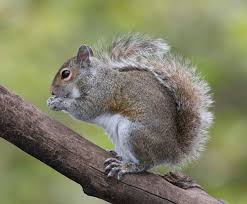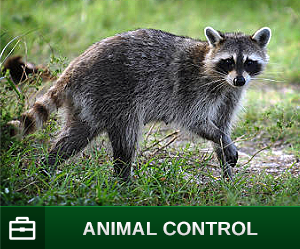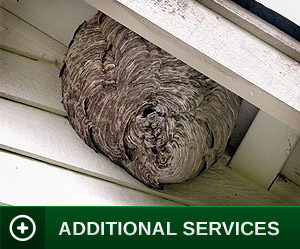Appearance
 By simply watching a squirrel, one sees a free-spirited daredevil. They playfully scamper across the ground, fearlessly leap from tree branch to tree branch, and masterfully run along power lines without a misstep. Squirrels seem to live a fairly carefree lifestyle, but they can create a number of problems for humans.The most commonly encountered species of tree squirrels are the gray squirrel (Sciurus carolinensis), the red squirrel (Tamiasciurus hudsonicus), the flying squirrel (Glaucomys spp) and the fox squirrel (Sciurus niger). Squirrels typically have a bushy tail. and common U.S. species are around 40 to 50 cm.
By simply watching a squirrel, one sees a free-spirited daredevil. They playfully scamper across the ground, fearlessly leap from tree branch to tree branch, and masterfully run along power lines without a misstep. Squirrels seem to live a fairly carefree lifestyle, but they can create a number of problems for humans.The most commonly encountered species of tree squirrels are the gray squirrel (Sciurus carolinensis), the red squirrel (Tamiasciurus hudsonicus), the flying squirrel (Glaucomys spp) and the fox squirrel (Sciurus niger). Squirrels typically have a bushy tail. and common U.S. species are around 40 to 50 cm.
Behavior, Diet & Habits
Tree squirrels generally nest within trees in wooded areas. As humans expand into natural areas, squirrels are forced to look for alternate means of lodging, including entering buildings. The most frequently invaded areas are garages and attics. Squirrels reach these areas by chewing holes in the exterior of the structure and typically nest, store food or both. Their activity is usually noisy and heard by anyone in close proximity.
Tree squirrels are most active in the early morning and late afternoon hours. They spend this time in search of or storing food. A squirrel’s usual diet consists of fruit, bark, nuts, seeds, buds, leaves, bulbs and insects. If immediate nourishment isn’t needed, it will store the food in a cache for winter keeping. Flying squirrels, by exception, are primarily active at night.
Ground squirrels typically do not climb into trees and can cause damage to crops, ornamentals and gardens. These can be trapped and relocated or controlled by rodenticides where permitted.
Reproduction
Most young are born during two periods of the year – early spring and late summer. Tree squirrels generally bear two litters per year, while flying squirrels tend to give birth only once annually. Litters vary in count between three and eight, depending on the species.
Signs of a Squirrel Infestation
 Aside from seeing the squirrels, signs include their gnaw damage, such as for food and nesting sites, as well as daytime sounds of their activity, such as in attic.
Aside from seeing the squirrels, signs include their gnaw damage, such as for food and nesting sites, as well as daytime sounds of their activity, such as in attic.







